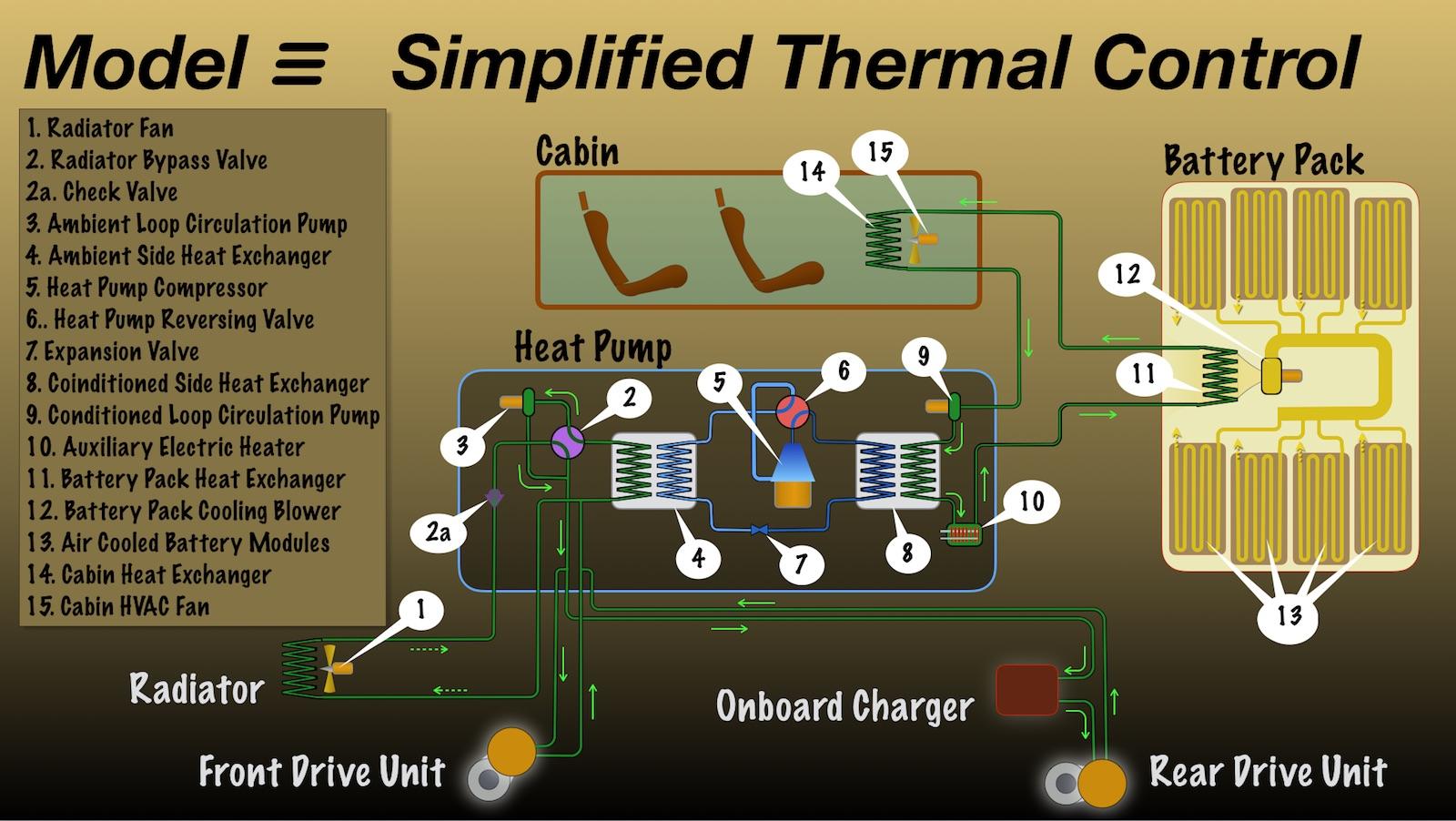acoste
Member
That or some kind of external cooling. I still think spraying down the radiator with something like compressed CO2 would be feasible for the track.
It is still not clear to me what is causing the limitation. If it's the inverter, it can be redesigned for better cooling. If it is the front inductance motor, then the only fix is replacing it with a permanent magnet motor. If the permanent magnet motor is at its limits as well, then a completely new motor design is needed as well. And here comes the question, shall it be built for the track or for everyday use? Model 3 is optimized for everyday use.





